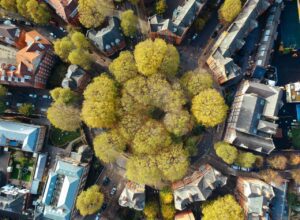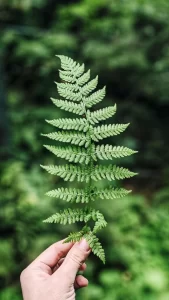Navigating Tree Protection: Bylaw 9958 Explained
Preserving the environment and maintaining a healthy ecosystem is a shared responsibility that extends to both public and private spaces. In an effort to safeguard the urban tree canopy and promote sustainable development, local authorities have introduced “Protection of Trees By-law 9958.” This by-law sets forth guidelines for tree removal and preservation on private property, aiming to strike a balance between development and ecological well-being.

Understanding the Basics
Under By-law 9958, property owners are required to obtain a permit before removing any tree on their private property with a diameter of 20 centimetres or greater, measured at 1.4 metres above the ground. This measurement threshold, approximately corresponding to a tree trunk with a circumference of 64 centimetres, serves as a benchmark for assessing the tree’s significance.
Exceptions to the Rule
Smaller trees, those with a diameter below 20 centimetres, generally do not require a removal permit. However, there are exceptions. If a tree has been identified as a replacement tree or is a part of a landscape design for a new development project, the permit requirement still applies. This provision ensures that even smaller trees with specific significance are considered for protection.

Conditions for Tree Removal
Property owners seeking to remove trees with a diameter of 20 centimetres or larger may be granted permission under certain conditions. These conditions include:
- Within Building Envelope: If the tree is located within the designated building envelope on a development site, removal might be considered.
- Arborist Certification: An arborist’s certification that the tree is dead, dying, or poses a hazard can warrant its removal.
- Utility Interference: An arborist’s certification that the tree is obstructing utility wires and cannot be pruned without compromising its health or appearance.
- Sewer or Drainage Interference: An accredited plumber’s certification that the tree’s roots are directly interfering with or blocking sewer or drainage systems.
Guidelines for Property Development
For property development, including renovation or new construction, additional rules come into play. Unless a tree needs to be removed based on the aforementioned conditions, existing trees on the property must be retained. During any construction or development activities, trees to be retained on-site require protection. This practice ensures that the construction process does not harm the existing vegetation.
Adjacent Properties and Boulevard Trees
The by-law goes a step further in promoting environmental stewardship by requiring protection for trees on adjacent properties or boulevard trees that might be at risk of damage due to development activities. This holistic approach emphasizes the broader impact of development on the urban tree canopy.
Arborist’s Report for Larger Trees
For trees with a diameter of 20 centimetres or larger, a critical component of the development permit application is an arborist’s report. This report provides expert insight into the tree’s health, condition, and potential impact on the development. This requirement ensures that tree removal decisions are well-informed and considerate of the ecological consequences.
Conclusion
By-law 9958 stands as a testament to the commitment of local authorities and property owners to foster sustainable urban development while safeguarding the environment. Striking a balance between development needs and ecological responsibility, this by-law ensures that the urban tree canopy remains a vital part of the city’s identity and ecosystem. As we move forward, embracing these regulations not only enriches our landscapes but also supports a healthier and more vibrant future for our communities.
